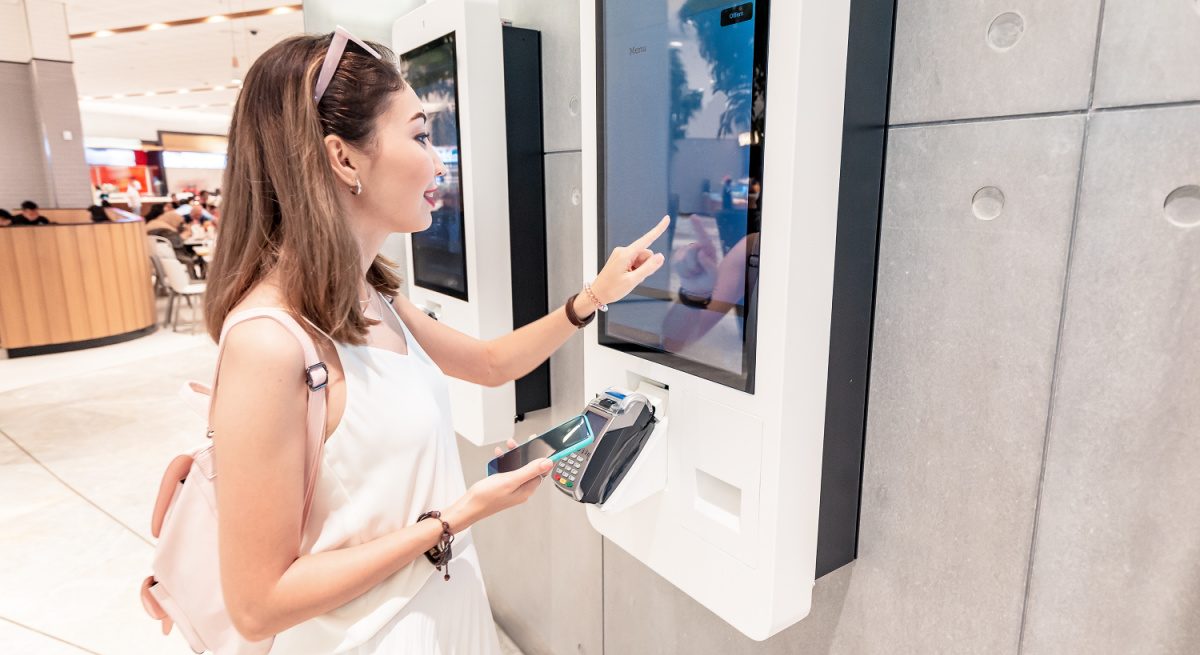Optimization, Visibility, and Convenience: How Restech Is Driving Restaurant Recovery
3 Min Read By Greg Staley
The last year has been devastating for the restaurant industry. Every brand has had to react quickly to stay in business while trying to keep guests and customers safe. Online sales, curbside pickup, and delivery skyrocketed as restaurants scrambled to adapt. These tools were critical to surviving the worst of the pandemic, and now, as vaccines roll out and restrictions lift, restaurant technology will continue to play a major role in the recovery of the industry.
These new additions to the tech stack will help restaurants optimize operations to maintain better margins, get visibility into performance across the brand, and make work easier for managers and other employees to help fight burnout.
Here is what brands are turning to as they look toward recovery and beyond.
Predictive Tech for Food and Labor
March 2020 until now was survival mode. It was difficult not to be reactive to each new regulation change, food shortage or customer need. However, we’re now moving into a more proactive period of the pandemic.
Many operators are trying to compensate for losses in 2021 and want to find ways to improve their profitability. The best place to start is by working to create more efficiencies in prime costs.
Inventory software should integrate with your POS, so you have a running theoretical inventory that you can reconcile with actual inventory at whatever cadence you prefer. Having a tighter handle on inventory makes it easier to spot food theft, overportioning, other areas of food waste, and incorrect deliveries from suppliers.
Labor can similarly benefit from a tech upgrade. Rather than rely on manager estimates, you can harness your data and get optimized schedules based on your forecasted sales. This prevents overscheduling, which will further hurt profitability, and underscheduling, which could upset and drive away customers.
Predictive technology for restaurants has made leaps in recent years, and it may be time to revisit whether it could help you streamline or improve the processes you currently have in place. Improvements in food and labor are the fastest way to boost your bottom line.
Real-Time Reporting at Every Level
Operators are faced with the blessing and curse of an abundance of data. You can get data on inventory items, type of sale, guest experience score, wait times, checks, employee performance and more. The problem for most brands, however, is that gathering this information is time consuming and cumbersome. This means reports are often seen weeks after the thing they’re reporting on, making it difficult to take action when it could make a difference.
With the thriving restaurant technology ecosystem, you can now pull information from your suppliers, POS and other tech vendors into your back-of-house system to get reports that tell you what’s happening in real time. This allows you to catch issues early, see trends quickly, and maintain better cost controls.
As operators recover from the pandemic, getting actionable information is more important than ever. Real-time reporting enables operators to stay responsive to customer needs and changing habits as they settle into new routines, as well as stay on top of any anomalies in food and labor. From a corporate level, this reporting can give a better snapshot of overall business health.
App-Based Tools for Scheduling and Checklists
While 2020 was all about convenience for the customer, 2021 can focus on making life easier for your employees. Competition for labor is rising again and removing points of friction or making time-consuming tasks simpler goes a long way toward improving employee satisfaction.
Your employees manage their lives on their phone; why not give them the power to do their jobs from their phone too? By giving them tools in a phone app, you not only improve their experience, but yours as well. You have smarter and easier data collection, reduced paperwork, and better margins.
Predictive scheduling gives your managers back hours spent writing the schedule. And it makes employees happier because they can set availability, swap shifts, request PTO, and see their schedules without having to call a manager or deal with a group text. Managers can review and approve changes without disrupting their day.
Plus, making opening, closing and everything else available in an easy checklist in a phone app increases compliance to brand standards and efficiency. Employees have the most up-to-date procedures in the palms of their hands, so there are no mistakes or missed steps. Corporate can also monitor compliance across locations to watch for areas of improvement or things that are working well.
It’s not just payment that’s moving toward mobile. An increasing number of operational tools have made the jump to apps to help employees work better in a hectic modern restaurant environment.
Bringing in smarter, easier to use technology is the next step for many restaurants wondering where to go next as they rebuild business. Ordering and delivery tech helped save the day as the pandemic hit, but tech that optimizes your prime costs and provides better visibility is where many restaurants are turning for a stronger recovery.


